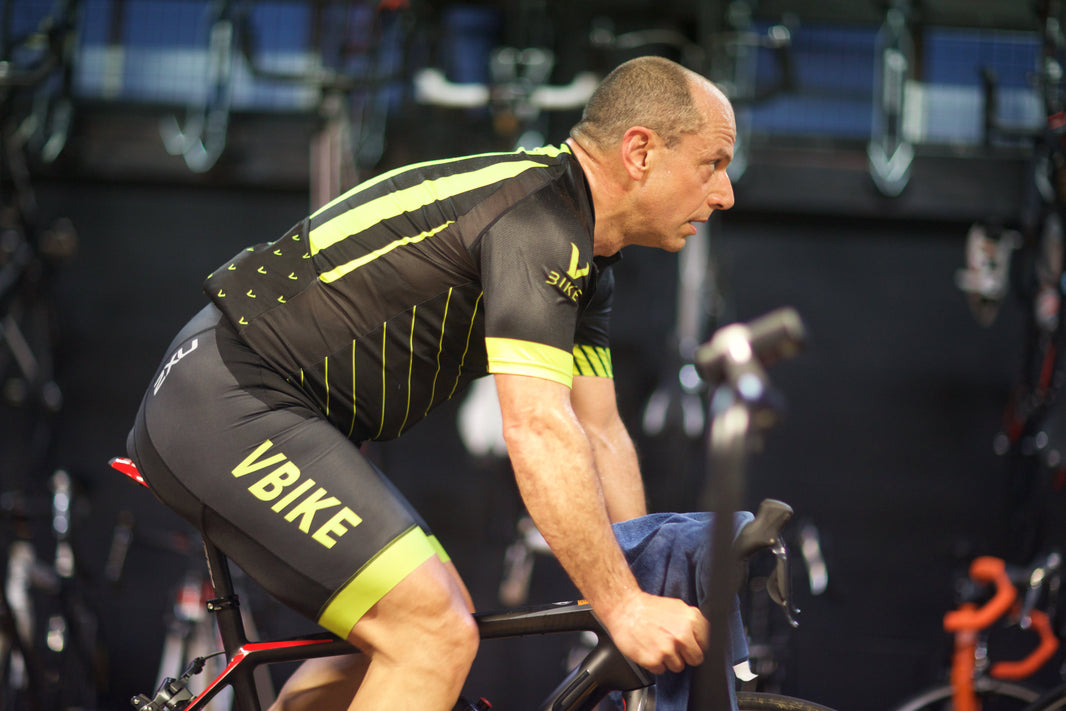Whether you're clocking kilometres on the road or sweating it out in an indoor cycling studio, understanding your Functional Threshold Power (FTP) is one of the most effective ways to measure and boost your cycling performance. FTP testing gives you a clear benchmark of your current fitness level and helps you train smarter—not just harder.
In this guide, we’ll break down what FTP is, how FTP testing works, and how you can use the results to improve both your endurance and power on the bike.
What is FTP and why does it matter?
FTP stands for Functional Threshold Power. It represents the highest average power output (measured in watts) you can maintain for an hour without fatiguing. In simple terms, your FTP is a snapshot of your aerobic endurance and cycling efficiency.
Why should cyclists care? Because FTP is more than just a number—it’s a performance baseline. Whether you're training outdoors or attending structured workouts in an indoor cycle studio, your FTP sets the intensity zones for your rides. This helps tailor your training sessions to your fitness level, making each pedal stroke count.
How is FTP testing done?
There are a few ways to perform an FTP test, but the most common method is the way we do an FTP test. Here’s how it works:
- Warm-up: 10-15 minutes of light spinning, followed by a few short efforts to get the legs primed.
- 20-minute time trial: Ride as hard as you can sustain for 20 minutes. You want to finish strong, not blow up early.
- Cool-down: Spin easy for 10-15 minutes.
-
Calculate FTP: We take your average power over the 20-minute effort and multiply by 0.95. That’s your estimated FTP.
For indoor riders, smart trainers or indoor cycling classes using power meters make it easy to test and track FTP regularly. Studios like ours offer high-tech, structured workouts that align perfectly with your FTP zones—so you’re always training at the right intensity.
Benefits of knowing your FTP
- Train smarter, not blindly: FTP gives you defined power zones (Z1 to Z7), making workouts more efficient.
- Track progress: Re-test every 6–8 weeks to see measurable gains in your cycling performance.
- Customise indoor workouts: FTP-based training plans adjust intensity to your personal fitness level—ideal for indoor cycle studio classes like at VBike Indoor Cycling Studio.
-
Boost endurance and speed: Targeted interval training around your FTP improves your ability to ride faster, longer.
How to improve your FTP
Improving your FTP takes focused effort, consistency, and the right training plan and guidance. Here are five tips to help you increase your power on the bike:
Structured Intervals: Incorporate workouts like 2x20 minutes at 90-100% FTP, or 4x8 minutes at 105-110% FTP.
Train in Power Zones: Stick to workouts designed around your FTP, especially in indoor cycling classes where power zones are used to guide intensity.
Increase Volume Gradually: More saddle time equals more aerobic gains. Aim to increase your weekly cycling volume by 10% max.
Rest and Recovery: Gains happen when you're off the bike. Build in recovery rides and rest days.
Fuel Right: Support your rides with proper nutrition and hydration to get the most from every session.
Whether you're a competitive cyclist or just looking to crush your next indoor cycling class, FTP testing is your gateway to better performance. At VBike Indoor Cycling Studio, we are equipped to help you ride smarter, train with purpose, and track your progress with precision. Book your next session at VBike and take your performance to the next level—one watt at a time.







